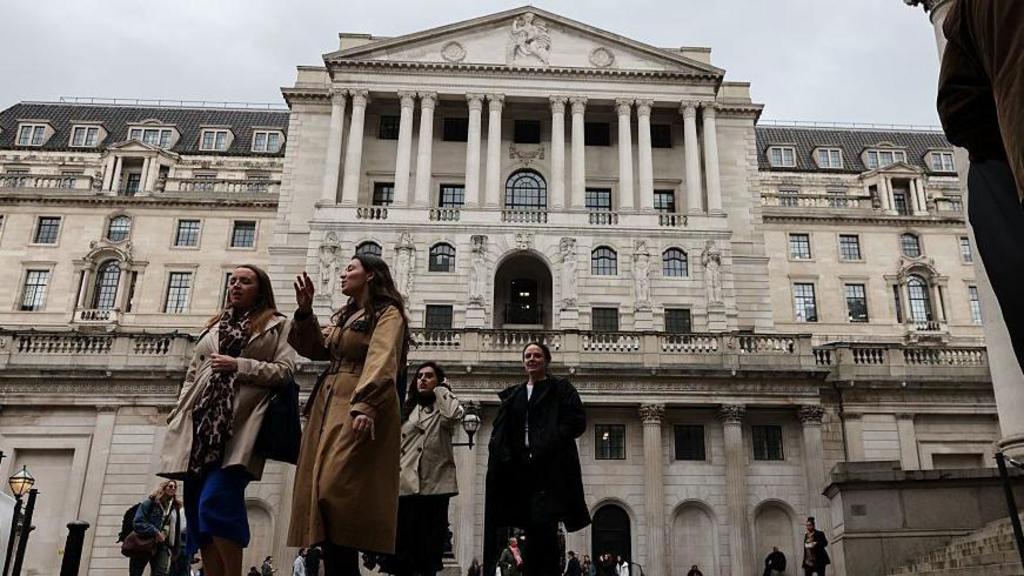While the year began with a robust economic performance, Wednesday brought an unexpected market development.
Following a slowdown in May, inflation has surged beyond anticipated levels, and is projected to remain significantly above the Bank of England’s target until autumn.
For consumers, already burdened by persistent price increases and a recent rise in food costs, this figure serves less as a surprise and more as a validation of their daily economic struggles.
Furthermore, this inflationary pressure complicates the Bank of England’s plans for interest rate cuts.
Investors had largely anticipated a rate reduction from the current 4.25% in August.
However, a renewed sense of caution is now evident.
Economist Andrew Sentance, a former member of the Bank’s rate-setting committee, has even suggested that cutting interest rates next month would be “irresponsible.”
Expectations remain that a rate cut in August, followed by another later in the year, will proceed as planned.
However, the Bank will need to articulate its rationale for looking beyond the current inflation uptick and focusing on the projected return to the 2% target next year.
This will likely reignite discussions regarding the UK’s susceptibility to inflation compared to other nations, particularly concerning the impact of rising wage and tax costs on price levels.
A softening labor market is another crucial consideration. The latest employment statistics are scheduled for release on Thursday.
Should these figures indicate a continued decline in job vacancies, as anticipated, the argument for a rate cut would be strengthened. Bloomberg forecasts an unemployment rate of 4.9%, an increase from the 4.6% reported last month.
As always, it’s crucial to maintain perspective when interpreting these figures.
While other major economies have not experienced a similar inflation rebound, with the eurozone’s latest inflation rate standing at just 2%, current inflation levels remain far below the peaks witnessed during the energy crisis and are expected to decrease as energy prices decline in the autumn.
Although economic growth is decelerating, the UK is not in a recession, and recent activity figures suggest a recovery in certain sectors.
Chancellor urges the financial industry to reshape the narrative around consumer investment to foster growth.
Bank of England Governor Andrew Bailey tells the Times he believes “the path is downward” for interest rates.
Persistent borrowing is not a sustainable solution to escalating daily spending pressures.
The economy contracted in May for the second consecutive month, increasing pressure on the Chancellor of the Exchequer.
Chancellor Rachel Reeves has put plans to alter Isa rules on hold; but what are they, and how do they function?

